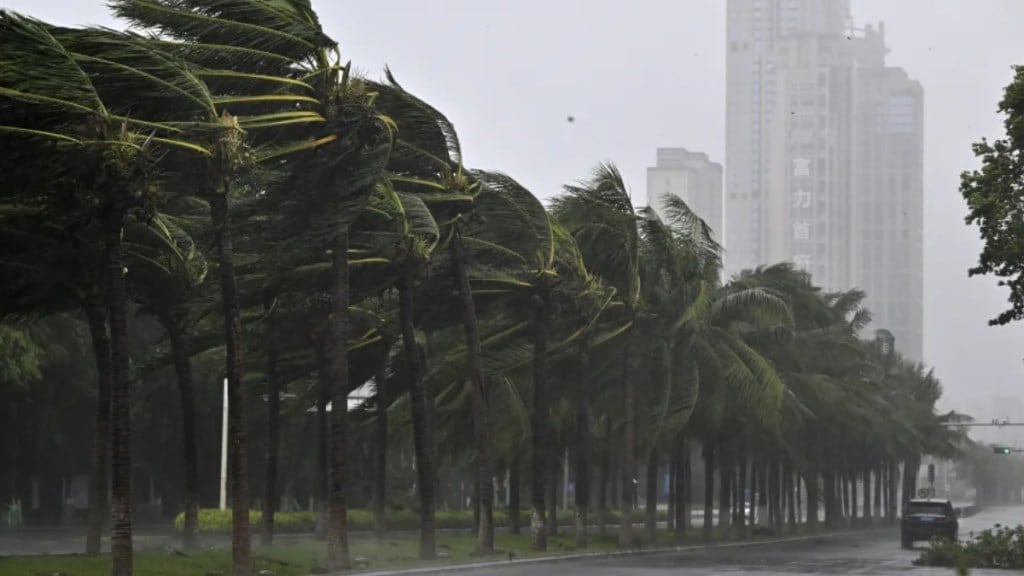Vietnamese authorities reported that Typhoon Yagi has killed at least four people and injured 78 others after making landfall Saturday afternoon in the northern region of the country. The typhoon, described as one of the most powerful in the region over the past decade, followed a destructive path from China, where it claimed three lives and left nearly a hundred others injured in Hainan province.
Ahead of the storm, the government issued multiple alerts, evacuating people from areas vulnerable to floods and landslides. Four airports, including those in the capital Hanoi and Haiphong, were shut down as a safety measure. Authorities also pruned trees in Hanoi to minimise the risk of them falling, though strong winds still caused damage.
Impact on Northern Vietnam
The typhoon made landfall with wind speeds of up to 149 kilometres per hour (92 miles per hour), hitting the coastal provinces of Quang Ninh and Haiphong. In Hanoi, strong winds felled a tree, killing a woman, while other northern cities saw similar damage, including uprooted trees and billboards. The storm triggered power outages in large parts of Quang Ninh and Thai Binh provinces.
Quang Ninh, home to the UNESCO World Heritage site Ha Long Bay, had to cancel hundreds of cruises before the storm’s arrival. Haiphong, an industrial hub with major factories like EV maker VinFast and Apple supplier Pegatron, also braced for impact.
Typhoon’s path through China
Before reaching Vietnam, Typhoon Yagi struck the Chinese province of Hainan on Friday afternoon, with wind speeds of up to 245 kilometres per hour (152 miles per hour). The typhoon claimed three lives and injured 95 people in Hainan, affecting over 1.2 million people. Authorities relocated 420,000 residents in Hainan and another half a million in Guangdong province as Yagi made its second landfall in Xuwen County on Friday night.
Effects in Hong Kong and the Philippines
In Hong Kong, Yagi forced more than 270 people to seek refuge in temporary shelters, with over 100 flights cancelled. Heavy rain and strong winds toppled trees, halted stock market trading, and disrupted schools and bank services.
Earlier, the storm swept through the Philippines, leaving at least 20 people dead and 26 others missing, primarily due to landslides and flooding. Over 82,200 people were displaced from their homes, and more than 2.3 million people were affected across northern and central provinces. Classes, work, ferry services, and domestic flights were suspended for several days, including in metropolitan Manila.
Warm ocean waters fuel storms like Typhoon Yagi, and climate change is making these waters even warmer. According to a U.N. climate change report, intense typhoons are becoming more frequent, particularly in Southeast Asia.


